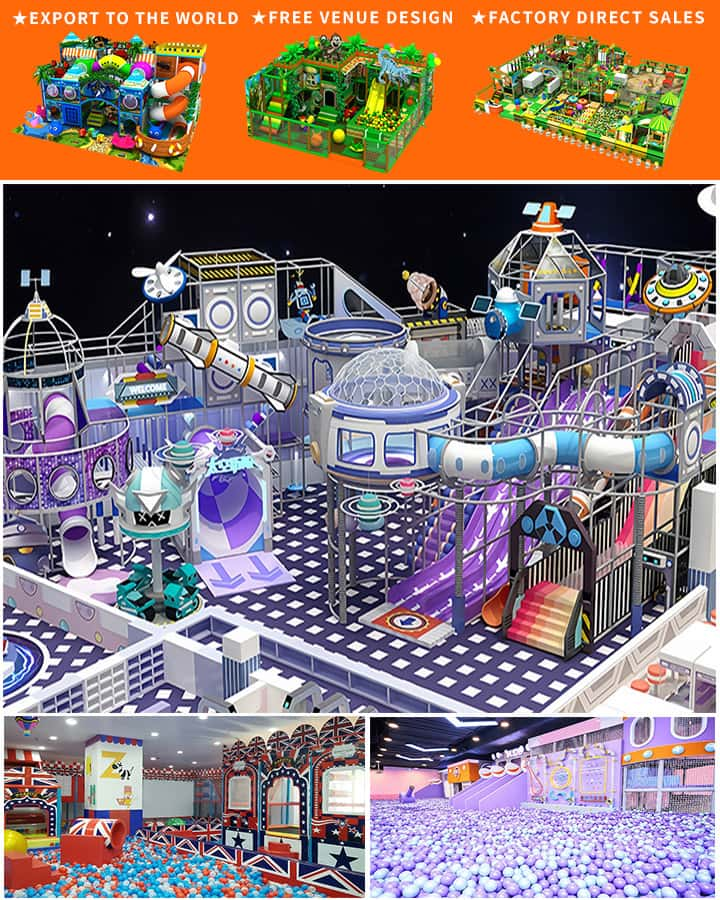Finding the perfect indoor play area for your six-year-old can be both exciting and daunting. This age group is known for their boundless energy, imaginative play, and curiosity about the world around them. Whether you’re a parent, guardian, or caregiver, choosing an engaging indoor play area can significantly contribute to their development and happiness. Here’s a comprehensive guide to help you find the ideal spot for your young one.
Why Indoor Play Areas Matter
Indoor play areas offer numerous benefits that cater specifically to the needs of 6-year-olds:
- Safety: Indoor environments are generally safer, minimizing the risk of exposure to harsh weather conditions, traffic, and potential injuries.
- Structured Learning: Many indoor play areas incorporate educational elements, fostering cognitive development through interactive activities.
- Social Interaction: These spaces often provide opportunities for children to interact with peers, aiding social skill development.
- Physical Activity: From climbing walls to obstacle courses, indoor play areas promote physical fitness in a controlled environment.
Types of Indoor Play Areas
1. Indoor Playgrounds and Gyms
Indoor playgrounds are designed to mimic outdoor playgrounds but are set up indoors. They usually feature:
- Climbing Walls: Great for building strength and coordination.
- Slides and Bounce Houses: Fun ways to burn off energy.
- Obstacle Courses: Challenge children physically while enhancing problem-solving skills.

2. Educational Play Centers
These centers focus on learning through play and often include:
- Interactive Exhibits: Hands-on displays that teach science, history, or art.
- Reading Corners: Areas filled with books tailored to various reading levels.
- DIY Craft Stations: Encourage creativity and fine motor skills.
3. Soft Play Zones
Ideal for younger children, including 6-year-olds, soft play zones typically offer:
- Foam Play Areas: Safe and cushioned surfaces for tumbling and exploring.
- Ball Pools: Fun and sensory-rich experiences.
- Play Structures: Miniature versions of slides and tunnels made from soft materials.
Features to Look For
When scouting for the perfect indoor play area, consider these key features:
- Safety Measures: Ensure the area is well-padded, has no sharp edges, and follows safety regulations.
- Hygiene: Look for cleanliness protocols, especially given recent health concerns.
- Variety of Activities: A mix of physical, cognitive, and creative activities keeps kids engaged.
- Age-Appropriate Equipment: Make sure the equipment is suitable for 6-year-olds in terms of difficulty and safety.
- Parent Comfort: Check if there are seating areas for parents, availability of restrooms, and perhaps even a café or snack bar.
Top Picks for Indoor Play Areas
Here are some popular indoor play areas that have received high praise from parents and children alike:
- Chuck E. Cheese’s: Known for its arcade games and animatronic shows, it also features play structures and interactive rides.
- Sky Zone Trampoline Park: Offers trampoline-based activities that are excellent for physical fitness and fun.
- Children’s Museums: Many cities boast museums that cater to children, offering hands-on exhibits and workshops.
- Local Community Centers: Often overlooked, these centers frequently have indoor gyms, pools, or designated play areas.
Tips for a Successful Visit
- Plan Ahead: Check operating hours and any reservation requirements.
- Pack Essentials: Bring water bottles, snacks, and comfortable clothing.
- Set Expectations: Talk to your child about the rules of the play area to ensure a smooth experience.
- Supervise Actively: Always keep an eye on your child while they play, especially in crowded areas.
Conclusion
Choosing the right indoor play area for your 6-year-old can make a world of difference in their day. With a variety of options available—from educational centers to soft play zones—there’s something out there to suit every personality and interest. By considering key features and planning ahead, you’re sure to find a delightful destination where your child can learn, play, and grow. Happy exploring!




